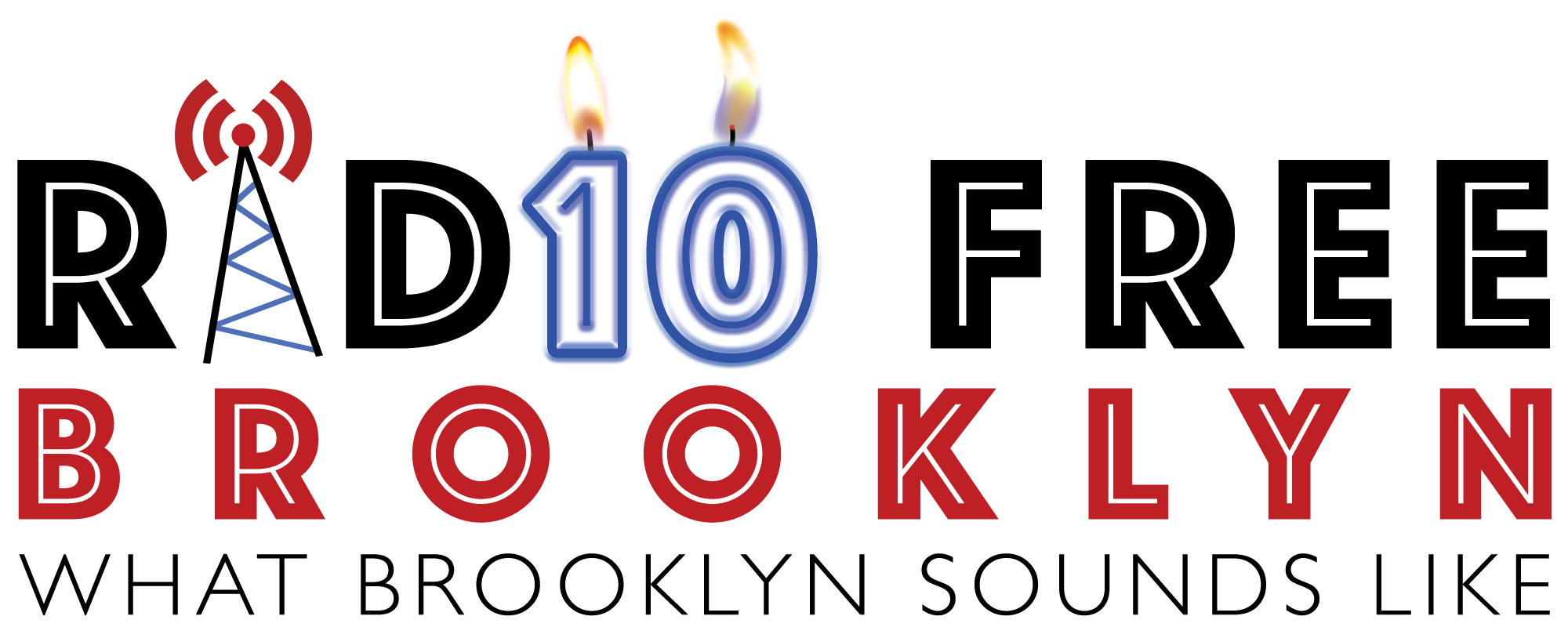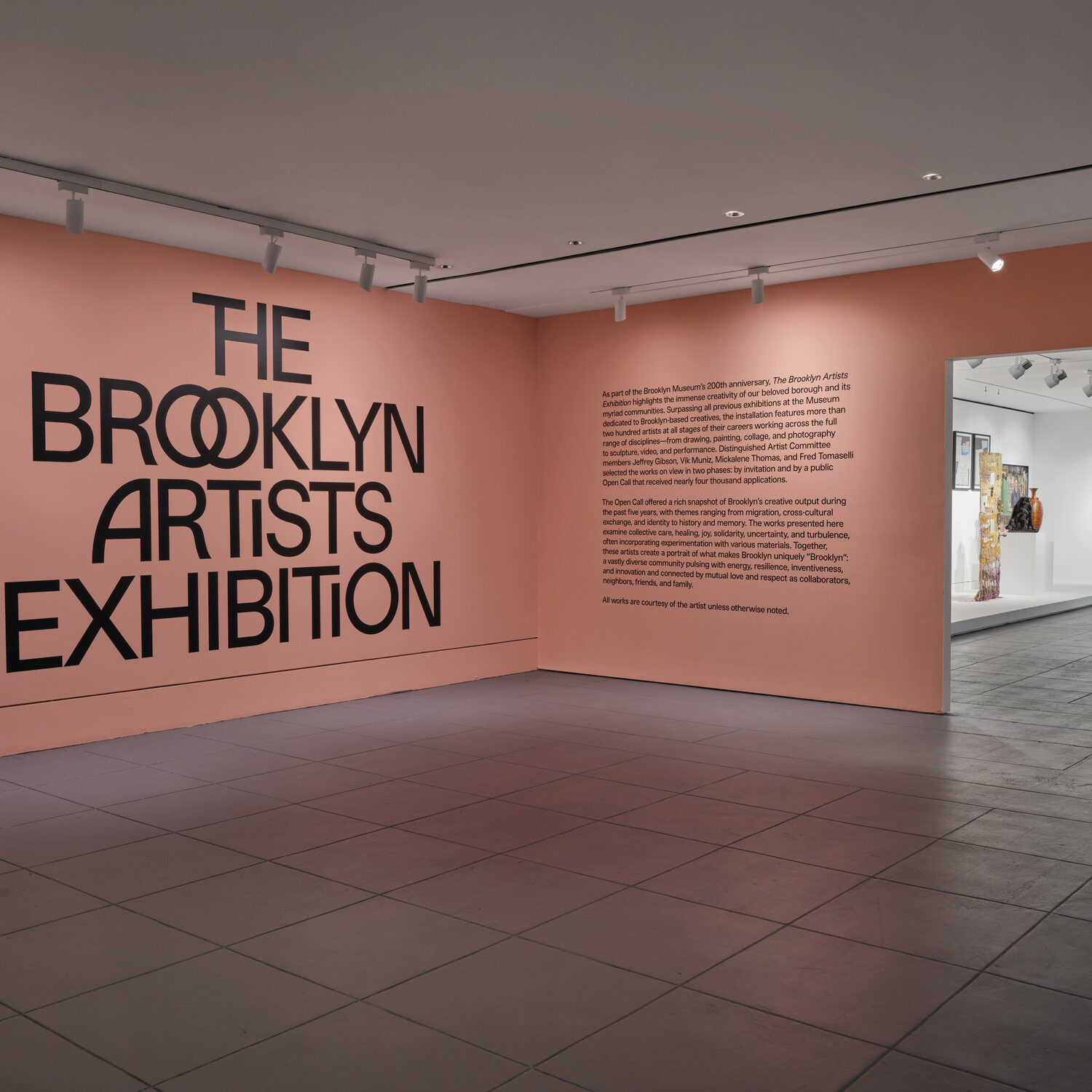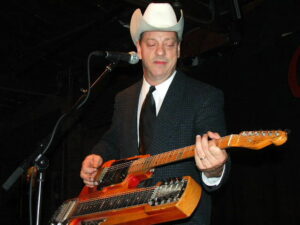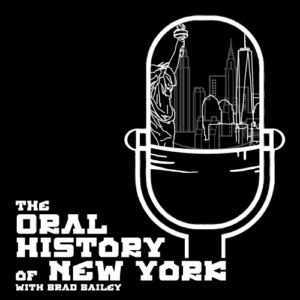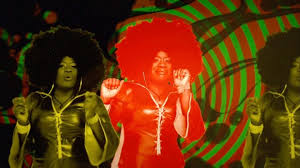As a staple of any tourist trip to the borough, the Brooklyn Museum has a history of holding artists and curators to a high standard of inclusion and excellence. For its 200th anniversary, museum staff decided to honor their roots and display their most extensive collection of local artists to date. 215 unique artists, to be exact. Jennie Tang, the special exhibition coordinator at the Brooklyn Museum, spoke with Radio Free Brooklyn about her part in pulling the Brooklyn Artists Exhibition together.
Tang said the museum’s history of bringing local artists to the forefront of exhibitions predates her tenure, stretching back to the 1930s. In one of its most notable endeavors, the museum featured 66 amateur and professional Brooklyn-based artists in 1966 for the Fence Art Show. The outdoor event displayed paintings, sculptures, graphics, and crafts on the perimeter fence of the museum, allowing visitors to view the works for free. In another local showing from 1980 to 2004, the museum highlighted multigenerational, multiethnic, and multinational artist communities that revitalized many Brooklyn neighborhoods with the Working In Brooklyn exhibit.

This year’s Brooklyn Artists Exhibition is the largest showcase of Brooklyn artists in the museum’s history, and Tang said she was incredibly proud of the two years of work the team put into it. She mentioned that the museum received requests from local artists to do another feature, so the staff decided it was time to embark on their most ambitious project.
Anne Pasternak, the Shelby White and Leon Levy Director of the museum, said, “For years, artists have been asking us to organize a big Brooklyn artists’ exhibition, and now we’ve done it! Brooklyn has more artists than anywhere, and we are thrilled to expand the ways we support the excellence of our incredible borough.”
Museum staff formed an artists’ committee consisting of four members of the Brooklyn Museum Artist Trustees—Jeffery Gibson, Vik Muniz, Mickalene Thomas, and Fred Tomaselli—to assist in curation. Each committee member invited between 10 and 30 artists to apply for a slot in the exhibit. Additionally, there was an open call for artists to submit their work, with minimal eligibility requirements: the work must have been created between 2019 and 2024, and the artist must either work or reside in Brooklyn.
According to Tang, the five-year timeframe was selected because of its proximity to the COVID-19 pandemic and heightened political tension in 2020. The exhibition is also loosely organized around the borough of Brooklyn and greater New York City, artists and the local creative community, buildings and gentrification, and migration. Themes of community healing, myths, and spirituality are also featured in many works.

Tang said the staff received about 4,000 applications during the open call, which started in February 2024 and ended in April. Despite the seemingly insurmountable selection of work, Tang said the review process began at the close of the open call and concluded in early July—only about two and a half months.
“You get into a rhythm of reviewing the statements the more you do,” Tang explained. She mentioned one of her favorite parts of putting the collection together was reading the project statements from artists whose creativity shined through their words.
The review process was split into various phases. The artists’ committee, followed by other museum coordinators, which included Tang, the Deputy Director for Art Sharon Matt Atkins, and senior exhibition project manager Lauren Bierly, examined the work and its accompanying statement to narrow down the selection. Tang asked herself, “How much does the statement help understand the work? How personal and well-researched is it?” when trying to think through her choices.
After both groups made their respective decisions, they passed along the chosen artists to the curation team. Tang said the curation team only looked at the project statement and the work, not names, age, or any other defining factors. This ensures that the selection process is as free from bias as possible.
The exhibit features “basically every medium imaginable,” according to Tang.

Painting and photography, mixed media, unconventional materials, installation-based works, new media, videos and performance art, interactive works, sculptures, and fashion are just some of the featured mediums. The exhibit has two entrances, seven galleries, and a video room if that’s any indication of scale.
Speaking of scale, Tang said the most challenging part of organizing a 200-artist project is that, well, there are 200 artists involved in the project. There are many moving parts, both in terms of the task’s components and some of the artwork that needed to be installed. For the works that required an audiovisual element or an intricate setup, the artist would come in and assist to ensure accuracy in portrayal. Not every artist had a chance to come in and be part of the installation process.
She joked that sometimes she and her colleagues felt like they were “herding cats,” but that’s just the nature of organizing an event this size, she explained. Another of her favorite parts about organizing this event was finally reaching the end and seeing both artists and patrons happily lingering through the exhibit.
I moved to Brooklyn about five months ago, so I now recognize many of the sights on display. There were portraits of the Brooklyn Bridge, various depictions of public transit in all its forms, and even a New York City Police Department car door hung on the wall as part of an installation.
One of my favorites was an oil painting by Sylvia Maier, a life-sized portrait of a bodega owner sitting behind the counter of his store on Flatbush Avenue in Prospect Lefferts Garden. Maier was originally from Manhattan but was drawn to Brooklyn by Prospect Park and its locals, “be it workers, shopkeepers, musicians in the park, or drummers on the train,” the museum’s description of the work states. The work represents the racial and cultural diversity of Flatbush, which has benefited from successive waves of immigration over generations. I admire how realistic and detailed this painting is, from the earbuds hanging on the wall to the assortment of candies on the glass shelving under the counter. The scene evokes emotion by depicting the raw and real side of Brooklyn, which isn’t usually painted and hung in museums.
There’s a sticker pasted on the counter, which is slightly smudged, but it’s clear the message is to stand up against islamophobia and racism. I loved this addition to the work. It’s a simple representation of the larger issues that were highly relevant in 2020, the year the piece was created, and continues to be today.
Tang said the next installment of the 200th-year celebration is the Solid Gold exhibit, which opens November 16. I can’t wait to go back!
